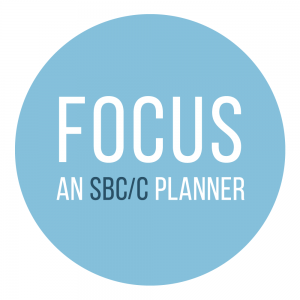
The FOCUS Tool is an online social and behavior change /communication strategy planner. FOCUS provides step-by-step guidance on how to develop or retrofit a theory-based social and behavior change/ communication (SBC/C) strategy. The steps, theoretical framework, and tools are designed to help SBC practitioners prepare and plan for effective SBC/C initiatives through a comprehensive approach. The final product is a draft narrative strategy that has been systematically developed and that can be further refined.
The FOCUS tool was developed by Save the Children’s Saving Newborn Lives project and was demonstrated to Save the Children field staff in 2016, which gave the tool positive reviews for its ease of use, technical soundness, and practical applications. Save the Children’s SBC experts have thoroughly reviewed the tool and are enthusiastic about its disruptive potential. Many program managers and health practitioners oversimplify social and behavior change (SBC), assuming it is about delivering messages to target audiences with pre-identified information and a list of desired behaviors – along with the naïve expectation that behavior change will result.

The SBC theory and evidence base is much more dynamic than this, incorporating insights from sociology, psychology, behavioral science, cognitive neuroscience, and behavioral economics. The FOCUS tool provides a way to integrate these insights into a strategy-development toolkit, with the additional benefit of helping keep practitioners current.
Social and Behavior Change (SBC) refers to interventions that aim to change care seeking behaviors and the social norms and other community and environmental factors that enable or prevent them. SBC is understood to encompass a broad number of different disciplines, including (SBC/C), marketing, advocacy, behavioral economics, anthropology and human-centered design, social capital and social psychology. “SBC is an essential element of global health programming, as it shapes not only demand for services, but also client-provider communication, couples’ communication, and the engagement of community leaders and other influencers.” (Definition adapted from HIP SBCC Brief, USAID 2018).